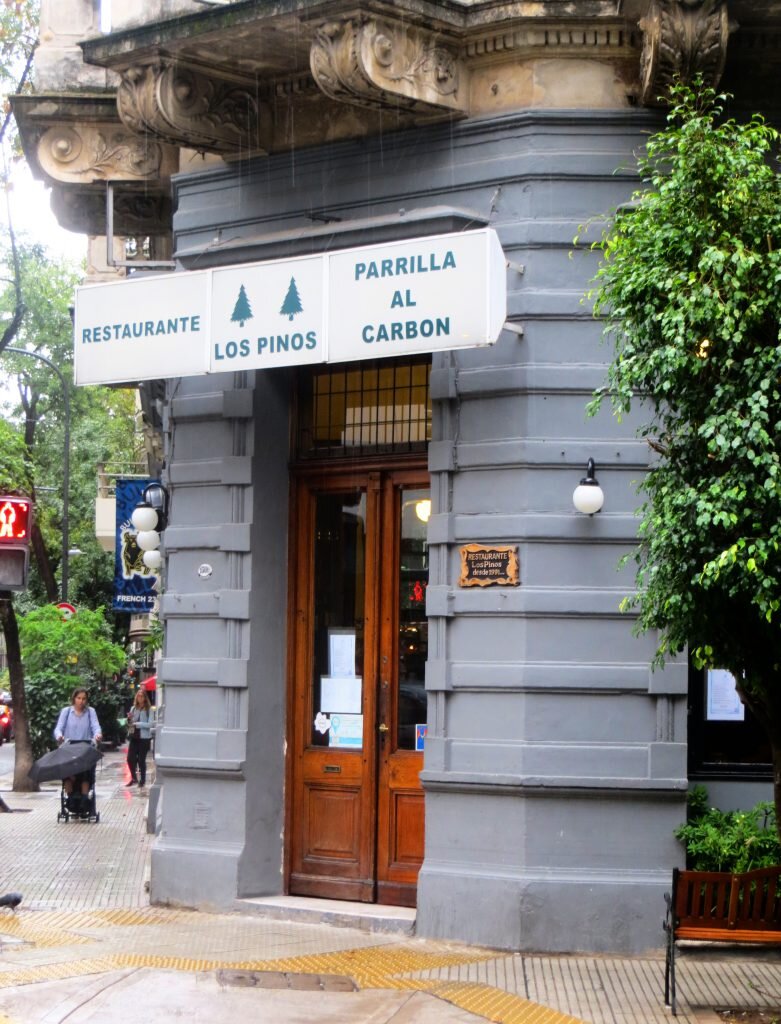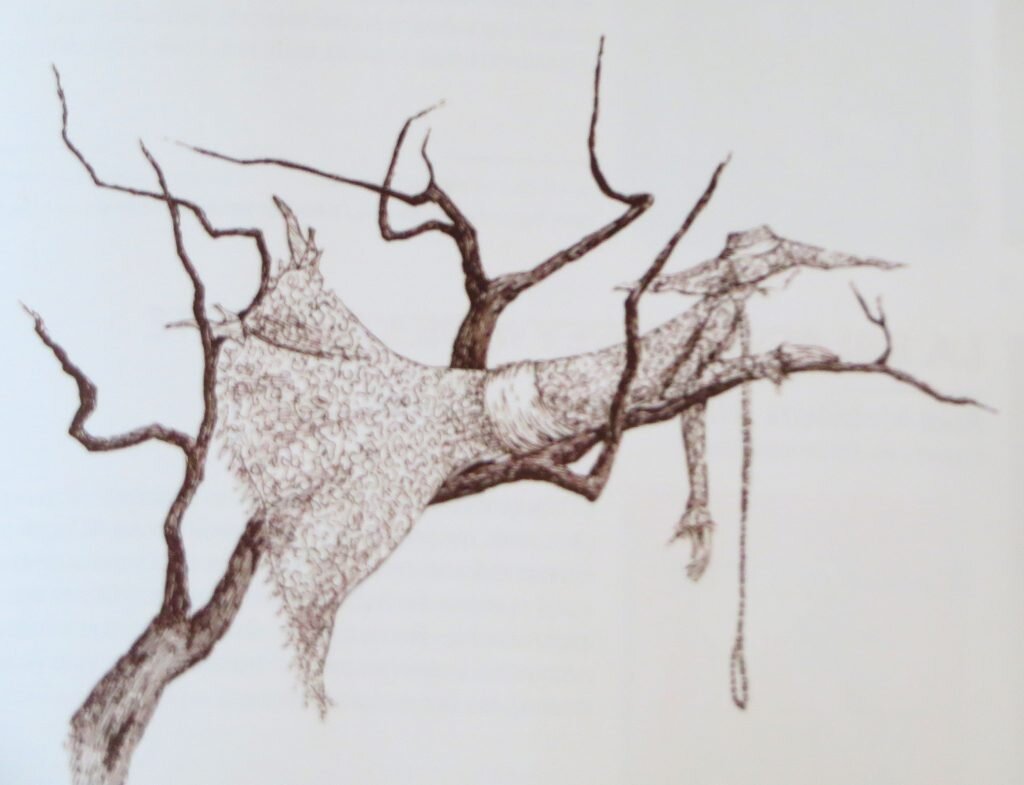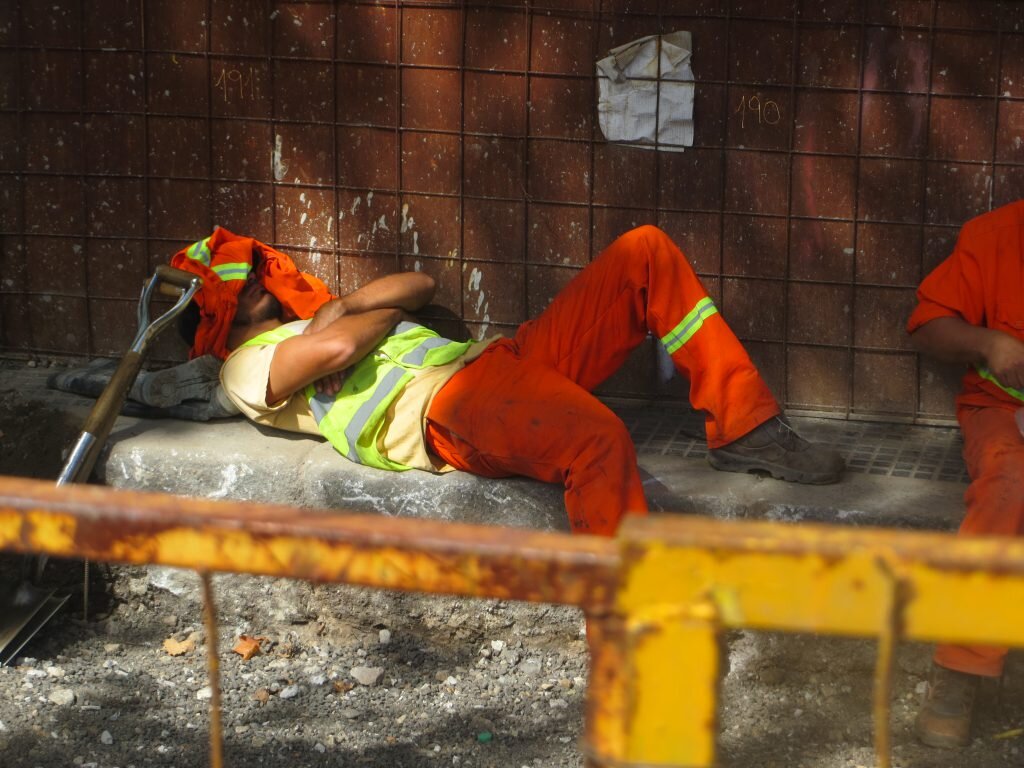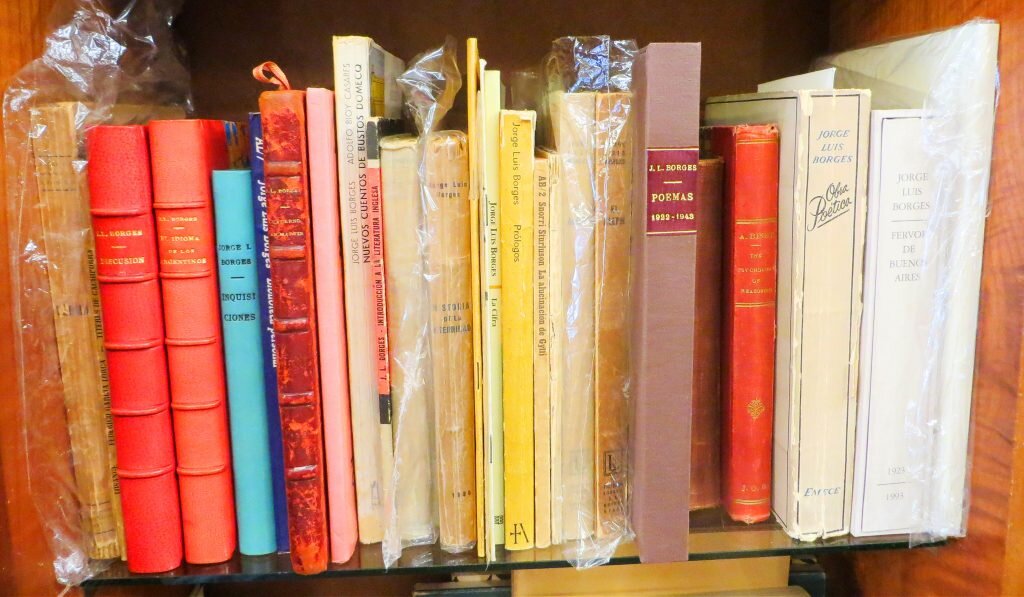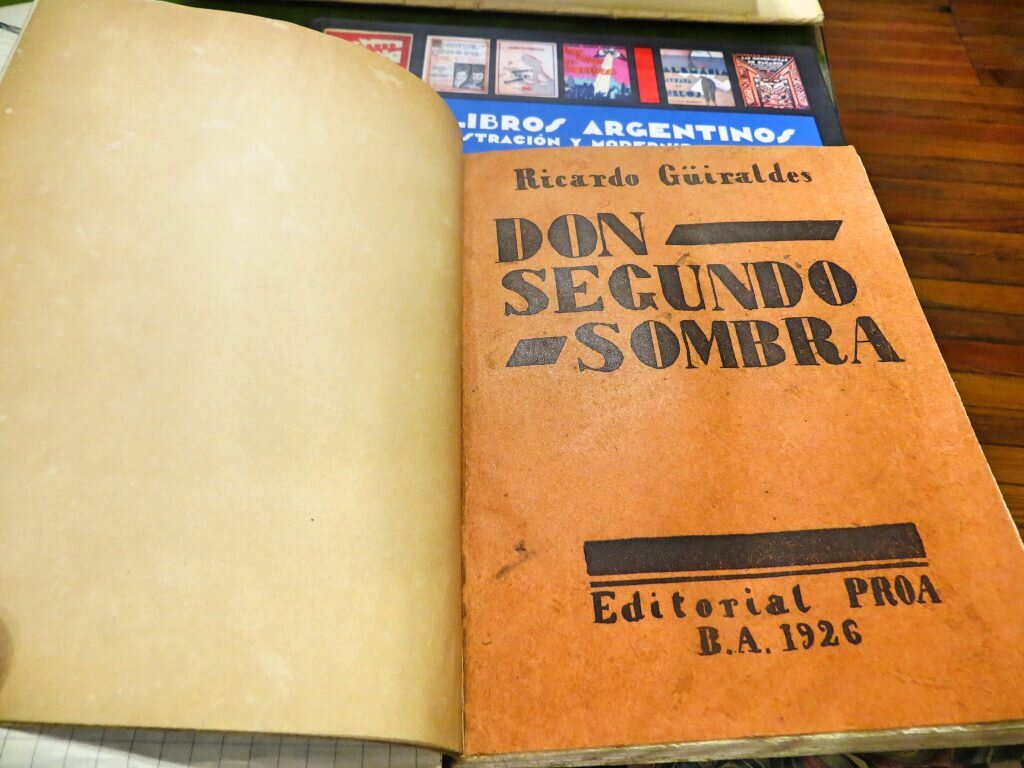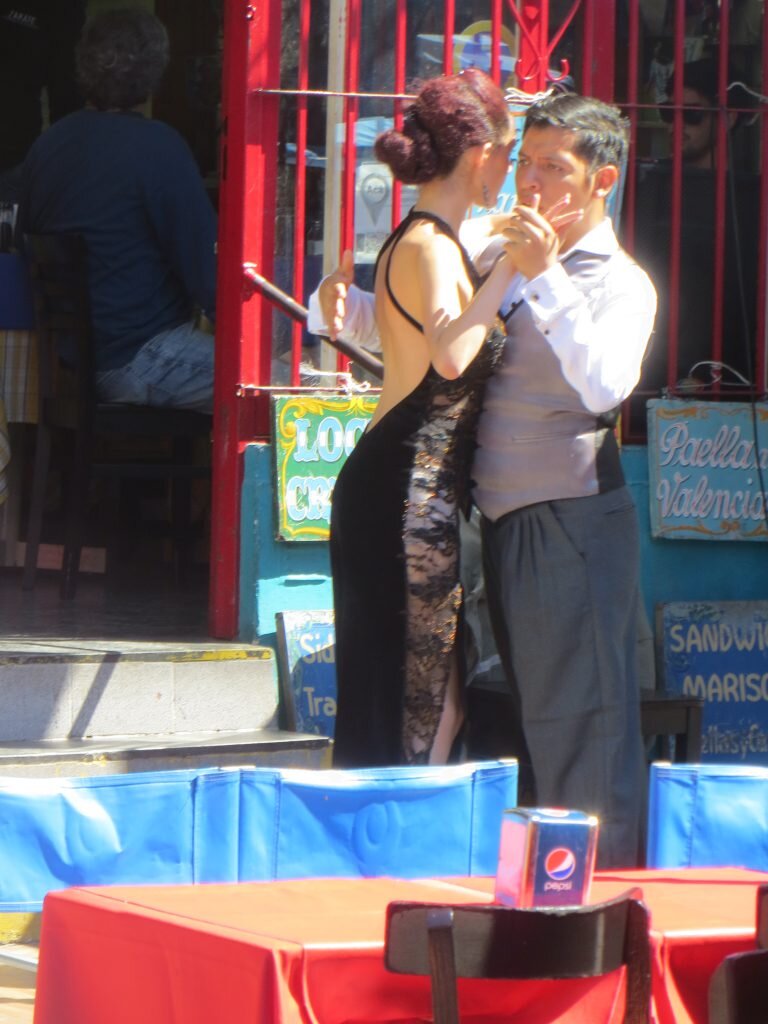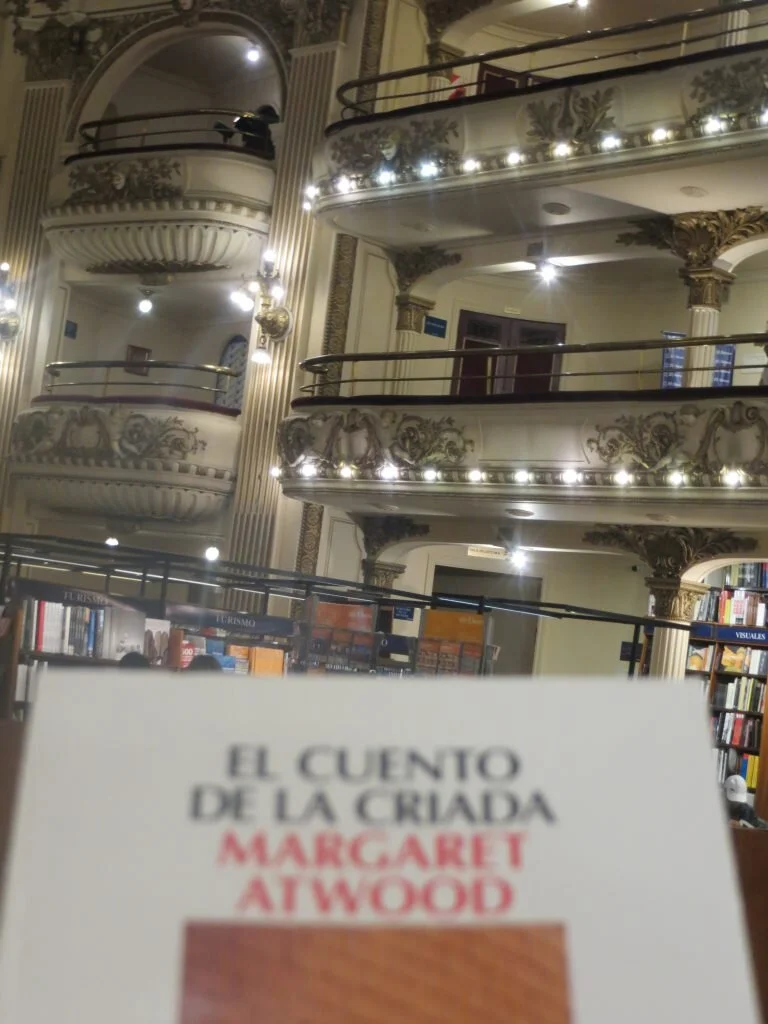Buenos Aires Biblio File Backstory
Literary Tourist in Buenos Aires, Argentina
Buenos Aires was on sale. It was such a great deal, we couldn't afford not to go.
So who was I going to interview? I called on my go-to-guy in matters publishing and international, Richard Charkin. Richard has held many important positions during his long, distinguished career in publishing, including, quite recently, President of the International Publishers Association. He was bound to know some interesting book-types in BA.
I met Richard through an entertaining blog he used to write about 10 years ago. I've interviewed him twice since. Once about 'great' publishers, here, once about mother elephants and cod.
I've called upon Richard often for help with The Biblio File podcast. He's always come through. And he did again, this time with Ana Maria Cabanellas. He also recommended this restaurant, Los Pinos
where the waiters illustrate every day why Argentinians are so good at pouring wine.
Right to the brim.
They'd be fired if they did this here.
The trip got off to a good start when I found a huge bottle of Martini Rosso for $15 at the duty-free. After a relatively bump-free flight we settled into an Airbnb in the Palermo district - barrio - of Buenos Aires. Very leafy; filled with coffee shops, bars and tiny fruit and veggie shops (holes in the wall really) in front of which people line up 24-7 it seemed. And no wonder. A big bag of oranges went for peanuts, so we enjoyed fresh juice, squeezed by me, by-hand, every morning.
I had one interview lined up, and needed more. So I tried a long-shot. I'd interviewed Margaret Atwood at the Kingston Writers Festival several years back about Literary Tourism in Ontario (and Boston). Listen here. Alberto Manguel was also at the event, on the marquis. For sure they knew each-other. And for sure he knew Buenos Aires. One thing led to another, and thanks to Alberto I landed interviews with famed short story writer Lilliana Heker - Shakespearean in her ability to render veiled critiques of repressive regimes - and detective novelist Guillermo Martinez. Thanks to Alberto I also met the publisher Adriana Hidalgo. She was a little too shy (or smart) to be taped or photographed, but what a lovely woman. And what a lovely children's catalogue
First thing on the second day's to-do list was to get bus/subway cards. They were on sale at the tourism office, located next to a busy, pedestrian un-friendly roundabout, between a planetarium and this
Horse statue, Buenos Aires
I joked with our decidedly friendly tourism ambassador
that it must be difficult to stare at a horse's ass all day long.
From here we made our way across town to Guillermo Martinez's place. He's best known for his 2003 novel, The Oxford Murders. It won the Planeta Prize and was adapted into a film in 2008 starring John Hurt and Elija Wood. Guillermo knew about Oxford because after getting his PhD he worked there for two years on a post-doc at the Mathematical Institute. Listen here to our conversation:
After the interview I headed up to the main drag. On it, along the way to the subway station, I encountered these
The design, or cake or something, must have significance here in Argentina because I saw them all over the place. Still, I held off stuffing any in my mouth, because not ten steps from our apartment building,
there was this ice-cream shop. Plus I was dying to sit in that chair.
The next day I ventured downtown, past this overworked city employee, to visit Alberto Casares Antiquarian & Modern Books at Suipacha 521. Borges used to browse and buy and hang-out here. Here's a shelf of his first editions.
Upstairs there was another full shelf, this one containing a complete run of Victoria Ocampo's Sur (pronounced 'sore') magazine. Here's numero-uno
Victoria lived in a beautiful villa that you can visit on the outskirts of BA, about 30 Km from downtown. It's now owned by UNESCO
After Casares I strolled over a few streets to Poema 20. The place smelled strongly of mildew but the books seemed to be in decent enough condition. I spotted a first edition of Bruce Chatwin's In Patagonia. It was marked "450" which I initially thought represented pesos. The clerk quickly set me straight. I asked if they had any Grete Stern photography books, but we couldn't find any, so I ventured across the street, to a surprisingly warm reception.
I was greeted at the door of Libreria Helena de Buenos Aires by Renato Garcia.
As is my wont, I asked him about well-known book designers. We went back into his office and he showed me this book,
singling out master printer Francisco Colombo (who printed that first issue of Sur seen above), and master typographer Raúl Mario Rosarivo. He also brought out an early edition of Don Segundo Sombre, an important Argentinian novel by Ricardo Güiraldes. The protagonist is a gaucho, just as he is in José Hernández's famed poem 'Martín Fierro'.
Then this dude showed up, intent on obscuring my entire scope of vision,
He looked like he wouldn't go down without a scrap, so I withdrew gracefully, thanking Renato for his hospitality. Next stop was Grupo Claridad's offices in Belgrano to talk to Ana Maria Cabanellas one of the “50 most influential people in publishing in the Spanish Language.”
Listen to our conversation about book publishing in Argentina here:
Next morning - a brilliant, sunny one - we jumped on the bus to El Caminito, a little quartier filled with colourfully painted buildings (okay, shacks ). Before I knew it I was being summonsed
Tango in Buenos Aires
Who wouldn't obey? Innocently, I thought she wanted me to participate in some sort of tango demonstration. Suddenly her co-conspirator whipped out the camera...they wanted money of course. It had nothing to do with my looks, or dancing prowess. Crest-fallen, I made my way over to the nearest beer/tavern to take the edge off. Here I was shown how it's really done.
Tango Dancers
Early that afternoon, following some excellent street meat, I taxied over to El Ateneo - the theatre of books - where I tried unsuccessfully to artfully Instagram this Margaret Atwood book.
Margaret Atwood at El Ateneo, BA
After some number of attempts, I gave up in frustration, dousing it (the frustration) with an espresso at the cafe on centre stage. Next it was over to Liliana Heker's place. She is a very brave woman who, unlike many authors, stayed in Argentina during the 'dirty war' to combat its repressive regime. It was a privilege to interview her. Just listen to the power of her voice.
Outside her apartment I encountered this pig
Pig Mural, Buenos Aries
I guess this is more of a mural, but Buenos Aires is celebrated for its graffiti. Here, for example is Mafalda, a tribute to the hugely popular comic book character created here in 1964 by Quino.
The following morning we visited MALBA
Highlight for me was Grete Stern's psyched-out photographs, and this caption line on the wall: "Books of photographs were the maximum expression of Buenos Aires [in the fifties] as the great city of South America."
Grete Stern
Which is not to say that this dude in his underwear wasn't pretty appealing too
What really struck home with this museum though is how influential modern European art was around the world. Many of the works here were blatant knock-offs, but always with a slight difference - assuming the local character.
We walked a ways, out of the museum, and over to the cemetery where Eva Peron is buried. Looked all over for her, but could only find Victoria, which really was just fine
Then it was off to Falena Bookstore and Wine Bar near another cemetery, and Kit Maude, who provides a must-listen-to guide for the Literary Tourist intent on visiting Buenos Aires, here:
Toward the end of the afternoon I taxied over to the National Library.
National Library of Argentina
to see the exhibition. Unfortunately they wouldn't let me in. One day strike. Just today. Borges thought it (the building) was a monstrosity.

